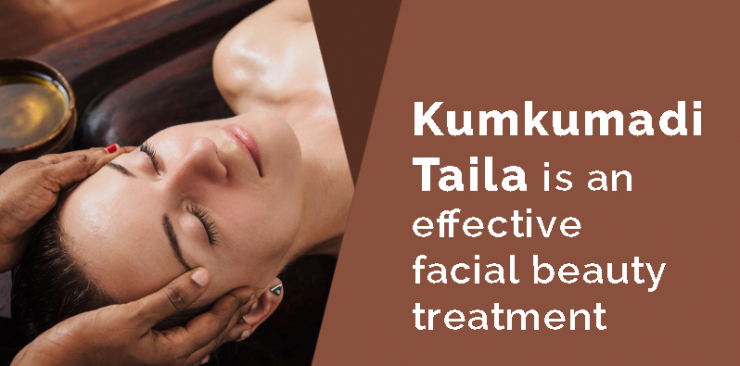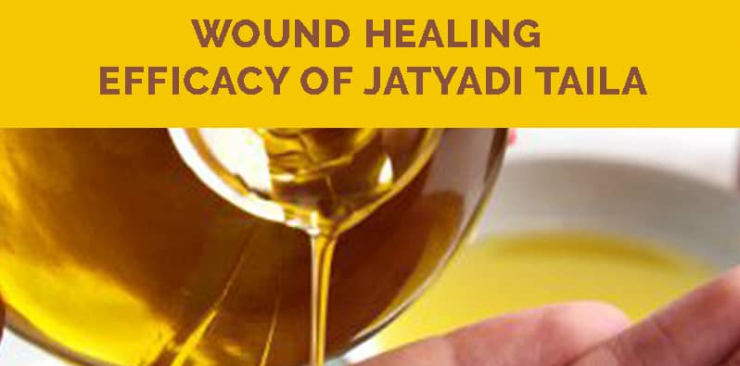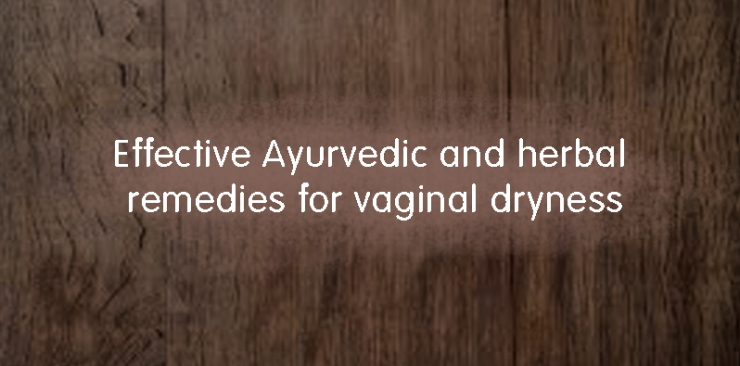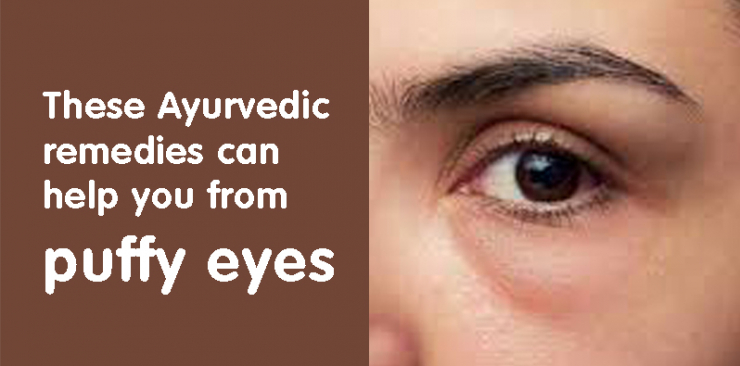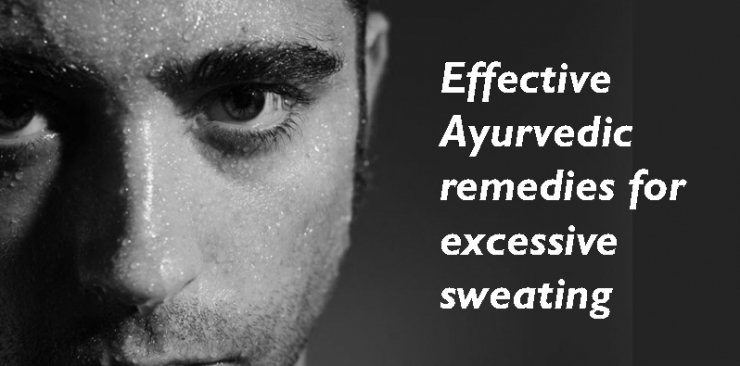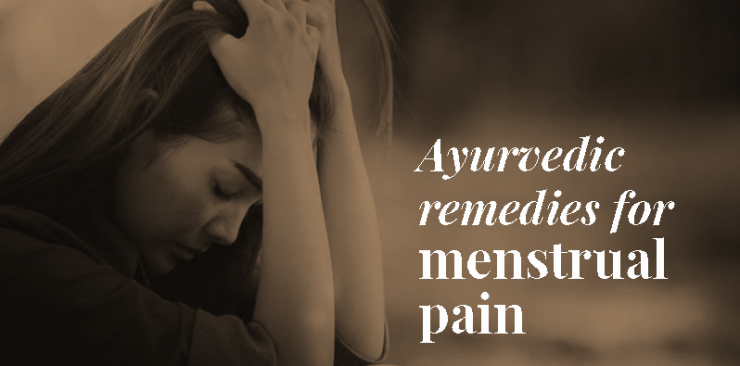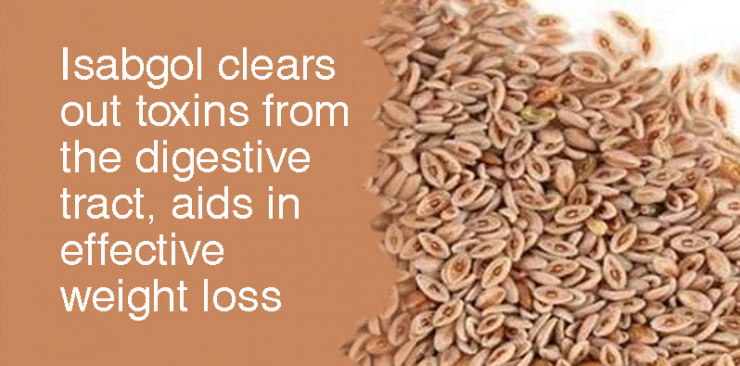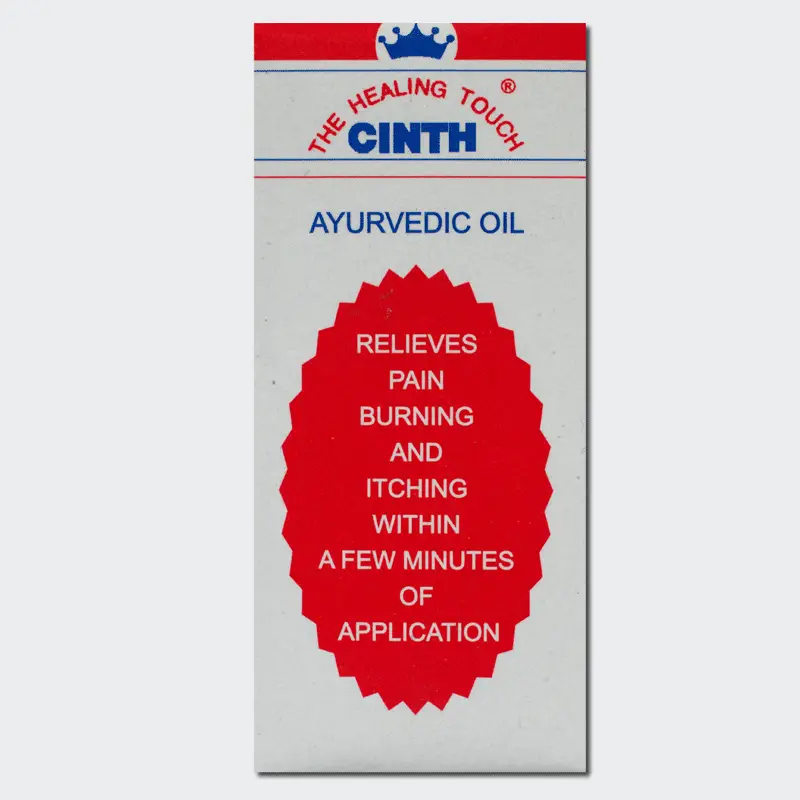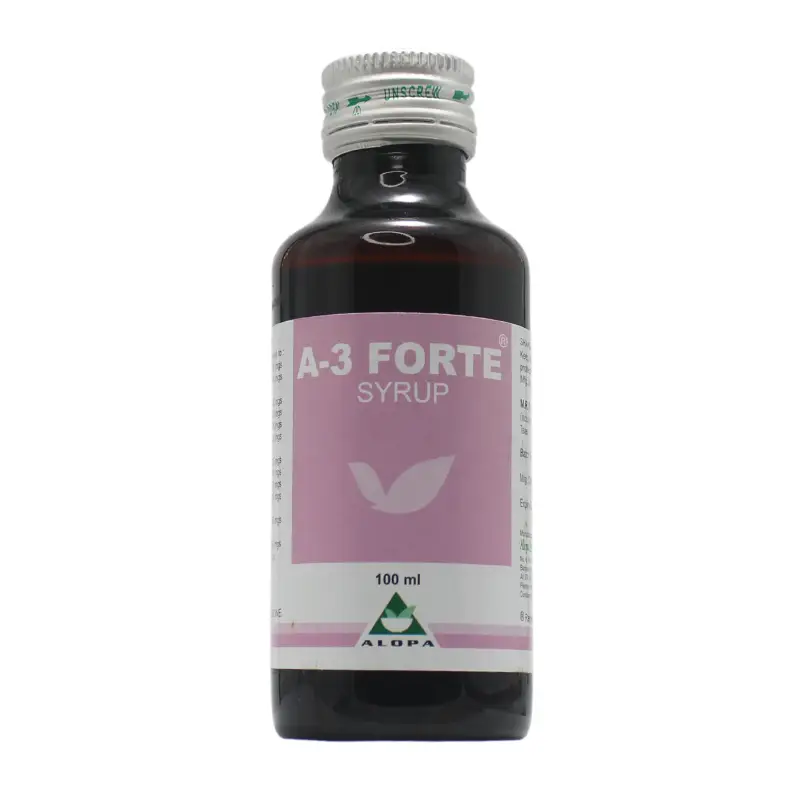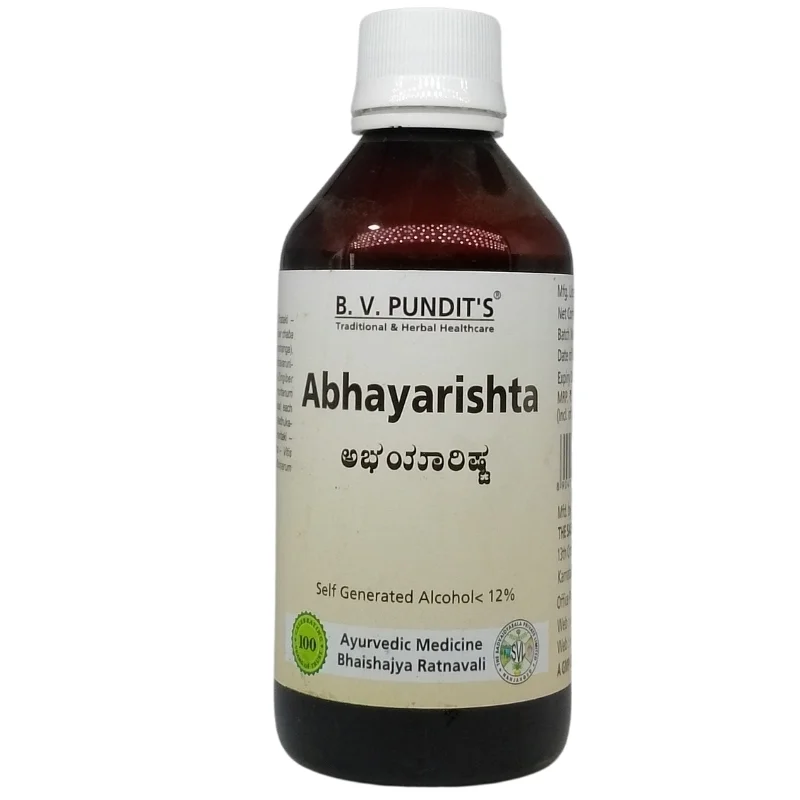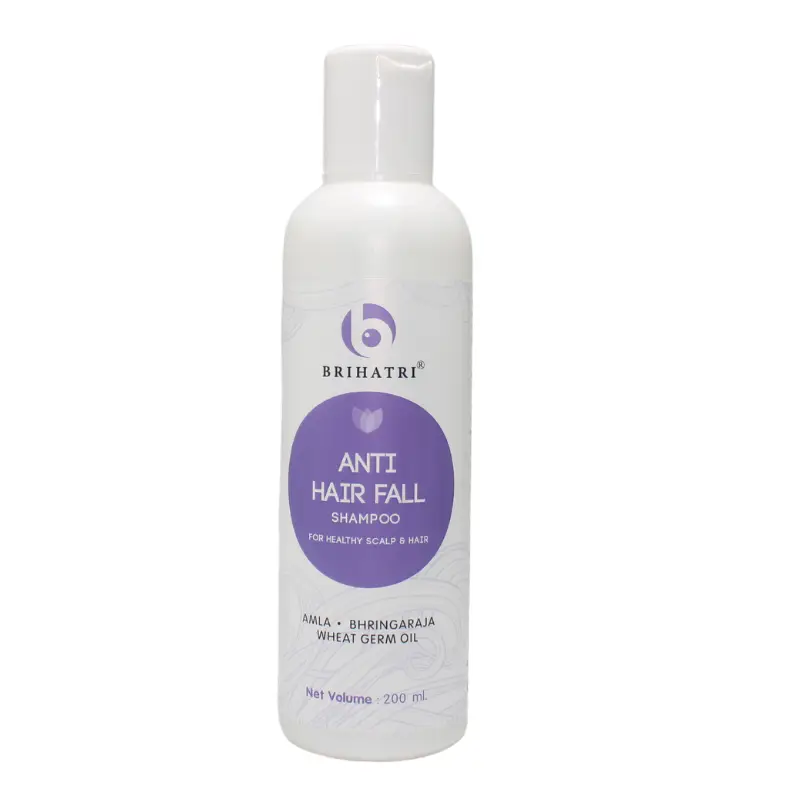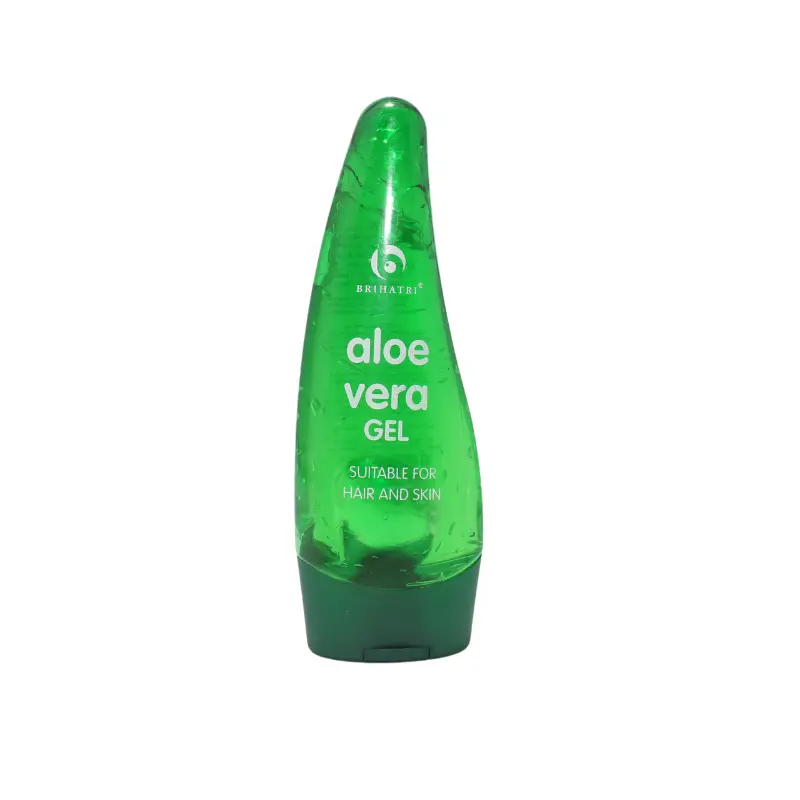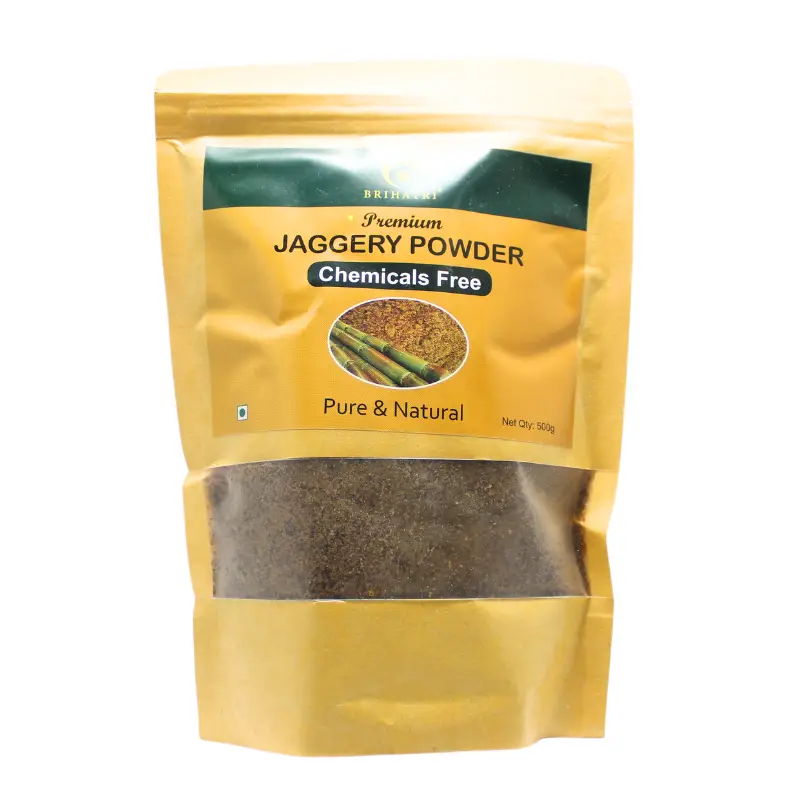KUMKUMADI TAILA IS AN EFFECTIVE FACIAL BEAUTY TREATMENT
Kumkumadi Taila (oil) is an Ayurvedic concoction of herbs that works wonders on skin health and treats various skin issues. The oil can also be used as a moisturiser, which is suitable for all skin types. An amazing blend of plants, flowers, fruits, and milk extracts, Kumkumadi Taila is a complete facial beauty product in itself.
Known for its luminescent properties, Kumkumadi oil is effective in rejuvenating and renewing skin cells, making the skin look young and healthy. The ancient concoction consists of about 26 ingredients, and each of the ingredients has beneficial effects on the skin.
Ingredients of Kumkumadi Taila
- Kesar (saffron pollens): Rich in antioxidants, reduces spots and marks on the skin
- Lal chandan (red sandalwood): Pacifies Pitta disorders, reduces inflammation
- Manjistha: A potent blood purifier, reduces pigmentation, stimulates faster wound healing and reduces inflammation
- Yashtimadhu (mulethi): Pacifies Pitta and Vata doshas, improves wound healing and reduces inflammation
- Laksha (lac): Helps in wound healing and provides relief from burning sensation
- Daruharidra (tree turmeric): Has powerful anti-inflammatory and antiseptic properties, helps in treating infections
- Vetiver: Has antiseptic properties and balances hormonal disorders
- Padmaka (Indian lotus): Helps in reducing pain and inflammation
- Nilotpala (Indian water lily): Balances Pitta and Kapha disorders, soothes irritation, moisturises and regenerates the skin
- Vata or banyan: Treats moles, heals wounds, and prevents skin infections
- Kamala kesara (lotus stamen): Acts as skin conditioner, hydrates and moisturises the skin
Kumkumadi oil also contains sesame oil, almond oil, rose oil, goat milk, and rose water
Benefits of Kumkumadi Taila
Kumkumadi Taila is very effective in making the skin smooth, and diminishes the signs of aging like fine lines, and dark circles. It is also a good cure for pimples, blemishes, and skin infections like hyperpigmentation, allergy, eczema, etc.
Freedom from spots and marks: The oil contains saffron which removes spots, marks and dark circles. The antioxidant and antibacterial properties of the oil help to promote blood circulation and rejuvenate skin cells. When used regularly, the oil reduces sun tan and provides a healthy glow to the skin.
Treats hyperpigmentation: Hyperpigmentation is a condition when patches of the skin become darker than the normal skin colour. A powerhouse of antioxidants and anti-inflammatory properties, Kumkumadi Taila breaks the effects of chemicals like arachidonic acid, leukotrienes, and prostaglandins. It also reduces the release of the pigment melanin in the skin, thereby preventing dark patches.
Prevents acne and pimples: The oil’s antioxidants, anti-inflammatory, and anti-bacterial properties are helpful in preventing the skin from infections and inflammatory conditions like acne and pimples. The oil can also clean the skin pores by removing dead skin cells and dirt. It can also prevent infections, thereby reducing redness and pain of acne.
Diminished spots and blemishes: Spots and blemishes occur due to several reasons including hormonal imbalance caused due to the Vata-Pitta doshas. Excessive exposure to the sun, unhealthy food, and aging are also its causes. The herbs like sandalwood, saffron, and turmeric in the oil work wonders in reducing spots and blemishes.
Acts as a sunscreen: The oil contains saffron pollens that protect the skin from the sun’s UV rays. The herbs, floral extracts and essential oils such as saffron oil, almond oil, rose oil, sesame oil, lotus extracts, turmeric extracts, sandalwood, vetiver, and manjistha protect the skin from the harmful UVA and UVB rays, and also protects the skin from damage by free radicals.
Reduced scars and marks: Kumkumadi oil also fights against the scars left behind by acne and pimples. The oil contains turmeric that is significant in treating these scars. The oil easily penetrates the skin cells and lightens the scars.
Wound healer: The antiseptic, anti-bacterial and disinfectant properties of the oil heal any wound on the face. The herbs and the anti-fungal properties effectively heal wound and prevent the skin from infections.
How to use Kumkumadi Taila
Although the oil is beneficial for all skin types, people with oily skin should use it in limited quantity so that it doesn’t make the skin greasy. After you remove all makeup residue and wash the face with a mild facewash, apply a few drops of Kumkumadi Taila on your face, neck and affected areas. Gently massage it in circular upward strokes for 5 to 10 minutes. Let it stay for 2-3 hours and then wash your face

